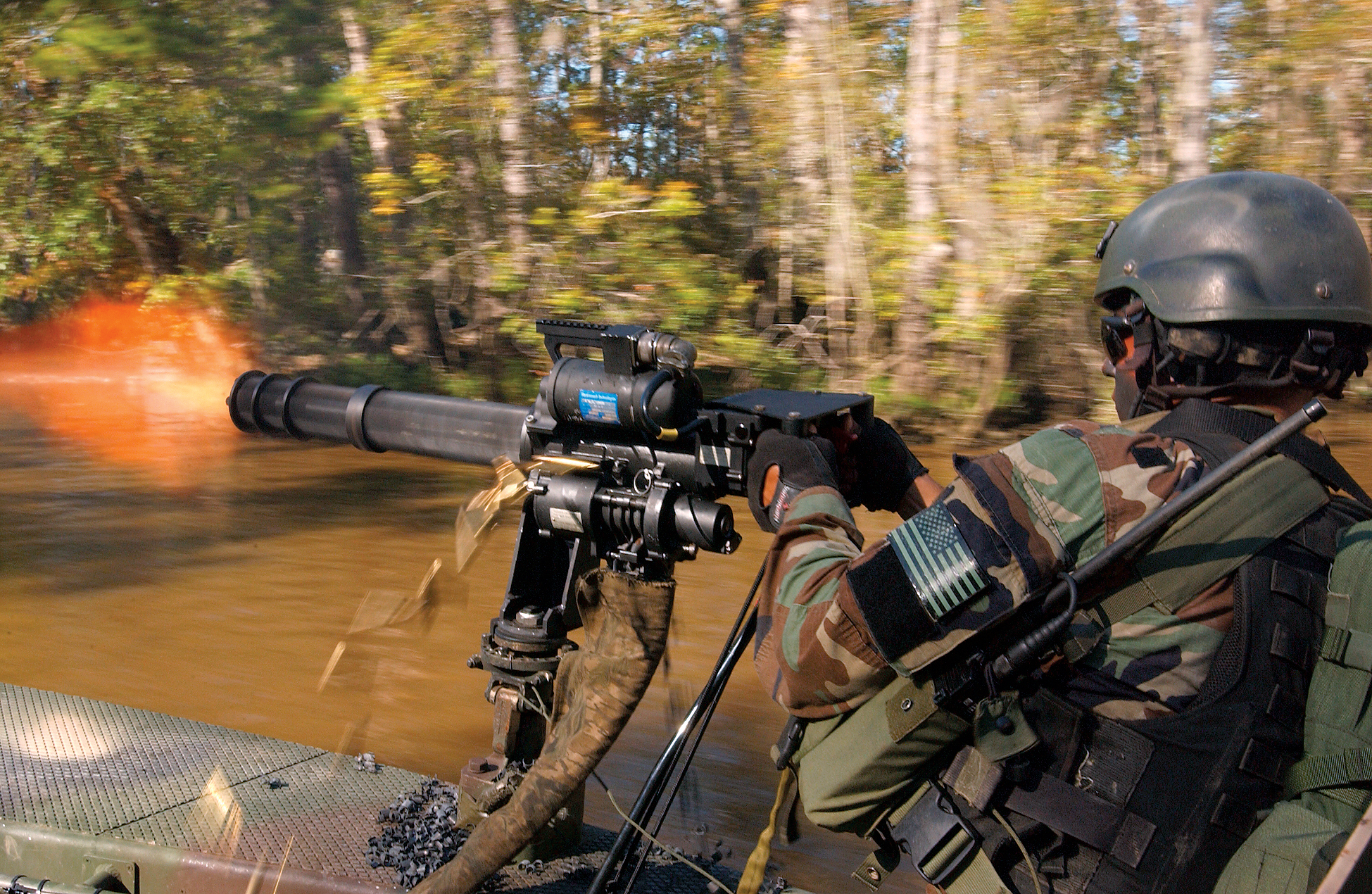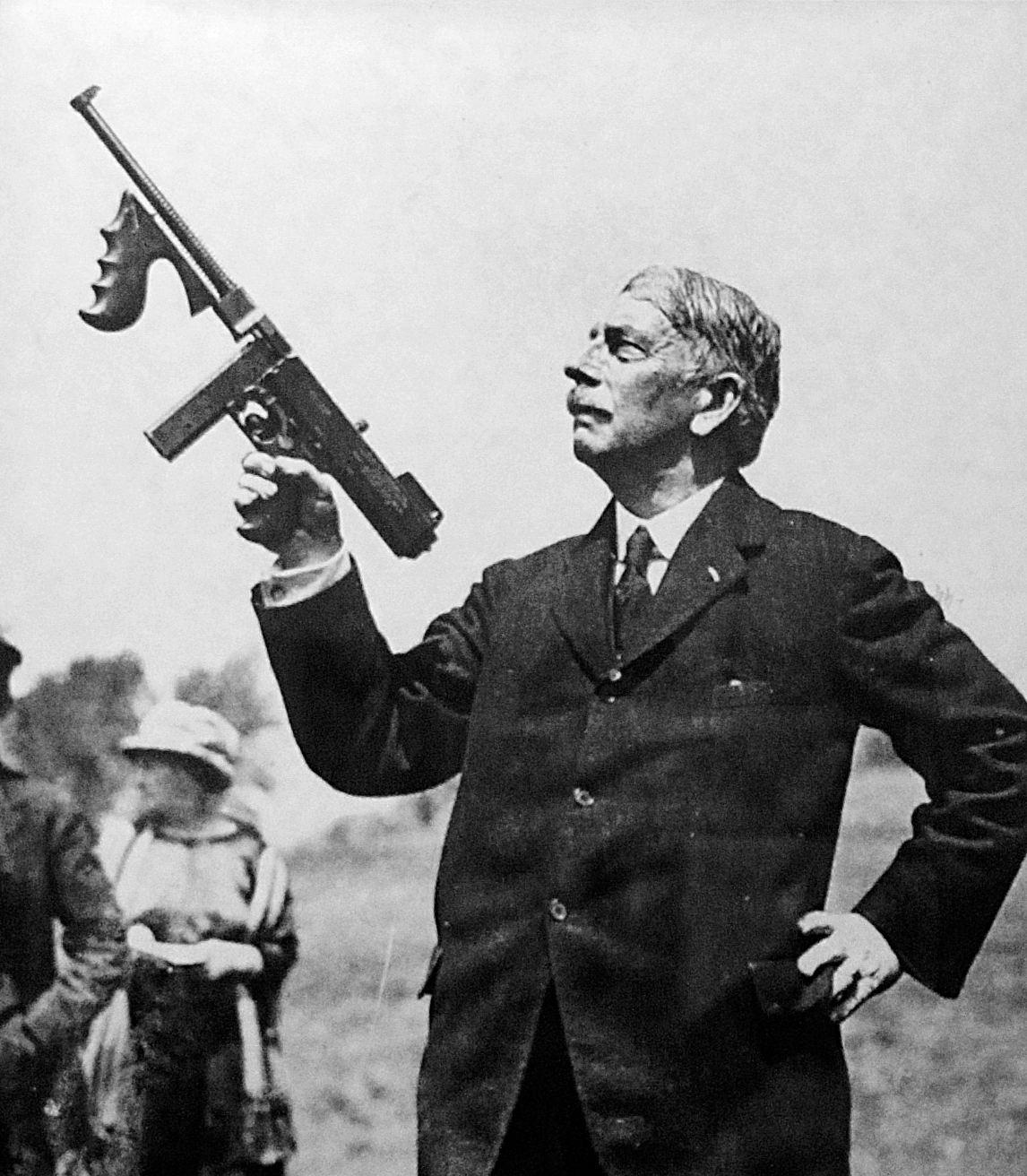|
Standschütze Hellriegel M1915
The Standschütze Hellriegel 1915 () was an Austro-Hungarian water-cooled submachine gun produced during World War I in very limited prototype numbers. History Little is known about the Standschütze Hellriegel Model 1915. The only source of information about the Hellriegel is several photographs stored in the photo archive of the Austrian National Library under the name “Maschinengewehr des Standschützen Hellriegel” (literally "Machine gun from reservist Hellriegel"). The photographs are dated October 1915 and they show the weapon being tested at a firing range. Its name and magazine size indicate that it was an automatic firearm, and its designer was someone named Hellriegel from the Austrian militia unit ''Standschützen'', tasked with the defence of Tyrol and Vorarlberg regions of western Austria, the former bordered "neutral" Italy. It was most likely a prototype and therefore explains its "unfinished" look and design. The development of this weapon coincided with the Ita ... [...More Info...] [...Related Items...] OR: [Wikipedia] [Google] [Baidu] |
Sub-machine Gun
A submachine gun (SMG) is a magazine-fed automatic carbine designed to fire handgun cartridges. The term "submachine gun" was coined by John T. Thompson, the inventor of the Thompson submachine gun, to describe its design concept as an automatic firearm with notably less firepower than a machine gun (hence the prefix " sub-"). As a machine gun must fire rifle cartridges to be classified as such, submachine guns are not considered machine guns. The submachine gun was developed during World War I (1914–1918) as a close quarter offensive weapon, mainly for trench raiding. At its peak during World War II (1939–1945), millions of submachine guns were made for assault troops and auxiliaries whose doctrines emphasized close-quarter suppressive fire. New submachine gun designs appeared frequently during the Cold War,Military Small Arms Of The 20th Century. Ian Hogg & John Weeks. Krause Publications. 2000. p93 especially among special forces, covert operation commandos and mecha ... [...More Info...] [...Related Items...] OR: [Wikipedia] [Google] [Baidu] |
Suppressive Fire
In military science, suppressive fire is "fire that degrades the performance of an enemy force below the level needed to fulfill its mission". When used to protect exposed friendly troops advancing on the battlefield, it is commonly called covering fire. Suppression is usually only effective for the duration of the fire. It is one of three types of fire support, which is defined by NATO as "the application of fire, coordinated with the maneuver of forces, to destroy, neutralise or suppress the enemy". Before NATO defined the term, the British and Commonwealth armies generally used "neutralisation" with the same definition as suppression. NATO now defines neutralisation as "fire delivered to render a target temporarily ineffective or unusable". Usage Suppressive fire usually achieves its effect by threatening casualties to individuals who expose themselves to it, forcing them to inactivity and ineffectiveness by keeping their heads down, 'or else take a bullet'. Willingne ... [...More Info...] [...Related Items...] OR: [Wikipedia] [Google] [Baidu] |
Marching Fire
Marching fire, also known as walking fire, is a military tactic—a form of suppressive fire used during an infantry assault or combined arms assault. Advancing units fire their weapons without stopping to aim, in an attempt to pin down enemy defenders. Marching fire usually ends with an infantry charge to engage the enemy in close combat. The tactic requires ample ammunition and rapid-fire weapons. It differs from fire and movement in that the attacking force advances in unison rather than leapfrogging forward in alternating groups. An early form of marching fire was used with little success by Prussian troops at the end of the 18th century, then victoriously in the 1866 Battle of Königgrätz because of the fast-firing Dreyse needle gun. The modern form of marching fire evolved in the early 20th century from a French Army infantry assault concept which suggested the use of suppressive fire from a light machine gun carried by one man—the Chauchat automatic rifle. The tactic was ... [...More Info...] [...Related Items...] OR: [Wikipedia] [Google] [Baidu] |
Thompson Submachine Gun
The Thompson submachine gun (also known as the "Tommy gun", "Chicago typewriter", or "trench broom") is a blowback-operated, selective-fire submachine gun, invented and developed by Brigadier General John T. Thompson, a United States Army officer, in 1918. It was designed to break the stalemate of trench warfare of World War I, although early models did not arrive in time for actual combat. The Thompson saw early use by the United States Marine Corps during the Banana Wars, the United States Postal Inspection Service, the Irish Republican Army, the Republic of China, and the FBI following the Kansas City Massacre. The weapon was also sold to the general public. Because it was so widely used by criminals, the Thompson became notorious during the Prohibition era as the signature weapon of various organized crime syndicates in the United States in the 1920s. It was a common sight in the media at the time, and was used by both law enforcement officers and criminals. The T ... [...More Info...] [...Related Items...] OR: [Wikipedia] [Google] [Baidu] |
MP-18
The MP 18 is a German submachine gun designed and manufactured by Bergmann Waffenfabrik. Introduced into service in 1918 by the German Army during World War I, the MP 18 was intended for use by the ''Sturmtruppen'', assault groups specialized in trench combat, as a short-range offensive weapon that would provide individual soldiers with increased firepower over a pistol. Although MP 18 production ended after World War I, it was highly influential on subsequent small arms design; it formed the basis of most submachine guns manufactured between 1920 and 1960. History What became known as the "submachine gun" had its genesis in the early 20th century and developed around the concepts of fire and movement and infiltration tactics, specifically for the task of clearing trenches of enemy soldiers, an environment within which engagements were unlikely to occur beyond a range of a few feet. In 1915, the German Rifle Testing Commission at Spandau decided to develop a new weapon for t ... [...More Info...] [...Related Items...] OR: [Wikipedia] [Google] [Baidu] |





